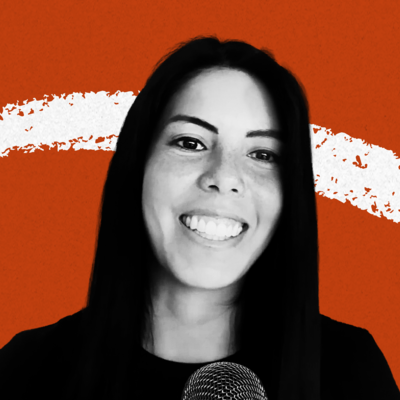
TL;DR: Today we’re releasing a new episode of our podcast How Do You Use ChatGPT? I go in depth with Nicholas Thorne, the founder of AI app Audos and general partner at incubator Prehype. We dive into how Audos enables people to use AI to transform their ideas into businesses. Watch on X or YouTube, or listen on Spotify or Apple Podcasts.
Nicholas Thorne is building Squarespace for the AI age.
It’s called Audos, and it’s an AI chatbot to help any entrepreneur go from idea to pitch deck, working website, custom GPT, and user interviews with real customers. All in just a few minutes, based on the entrepreneur’s responses to a few simple questions.
The best part? Nicholas built, and now operates, Audos using ChatGPT. It’s AI all the way down—and it’s one of the most impressive AI businesses I’ve ever seen.
Nicholas is a general partner at incubator Prehype that launched successful venture-backed startups like Barkbox and Ro Health. It’s also where I started Every, so it was great to come full circle.
Nicholas’s job at Prehype is to launch new companies. He’s taken all his experience of running an incubator and used it to help entrepreneurs start businesses at scale—with AI.
As we talk, Nicholas walks me through the interactions of Audos’s chatbot with a user live on the show. He also tells me that he used ChatGPT to prototype most of Audos’s features—despite being non-technical himself. Nicholas shares exactly how he did this by showing me how he’s using AI to create a new feature for the product.
This episode is a must-watch for anyone who has ever toyed with the idea of starting a business—and wants to do it with AI. Here’s a taste:
The Only Subscription
You Need to
Stay at the
Edge of AI
The essential toolkit for those shaping the future
"This might be the best value you
can get from an AI subscription."
- Jay S.
Join 100,000+ leaders, builders, and innovators

Email address
Already have an account? Sign in
What is included in a subscription?
Daily insights from AI pioneers + early access to powerful AI tools









Comments
Don't have an account? Sign up!